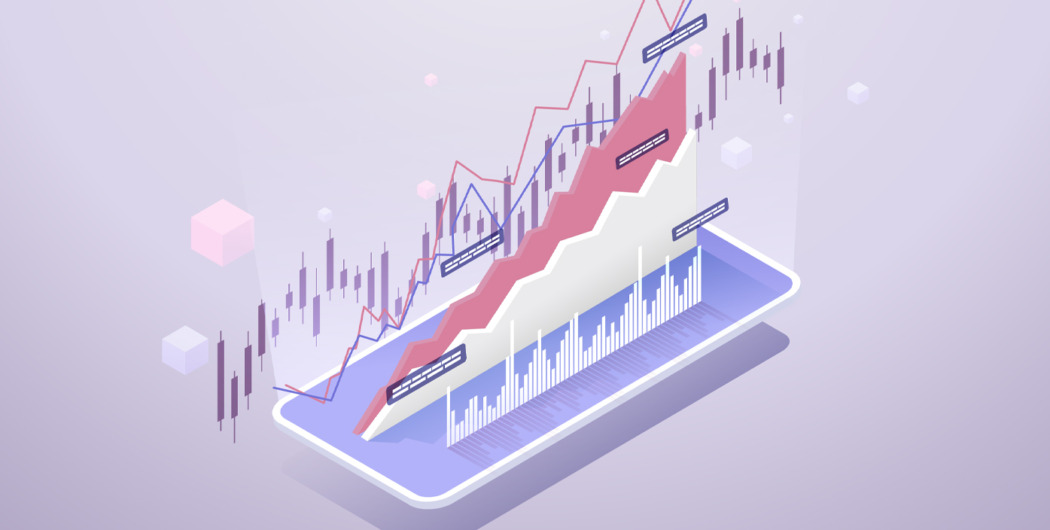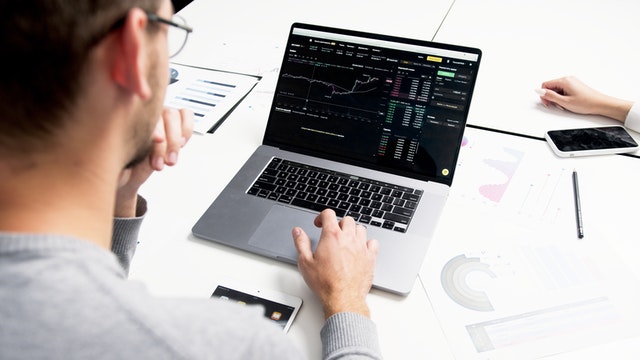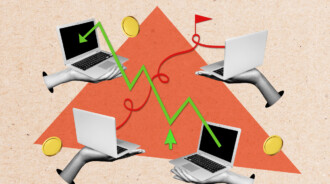

The primary and secondary securities markets provide investors with many opportunities to earn. At the same time, the return on investment depends not only on the amount of funds invested, but also on the availability of economic knowledge, the ability to analyze the situation and understand the overall dynamics. It’s necessary to have an idea of the subtleties of working in the stock market and the features of competent investment.
The primary market is the one where new securities are placed, and the secondary one is where securities are resold. In the primary market, economic relations arise between the issuer and investors related to the issue and subsequent placement of assets. Trading takes place on the stock exchange, where the assets arrive immediately after the issue. In this sense, it’s similar to a commodity market, where the buyer purchases goods “first-hand”, that is, from the manufacturer.
Did you know that Ronald Wayne, who cofounded Apple together with Steve Wozniak and Steve Jobs sold his 10% share of the company on the secondary market for $800 back in 1976? Today, his 10% of the Cupertino giant’s shares would have been worth $35 billion.
Let’s take a closer look at the definitions of these concepts and learn about their main functions.
Primary market definition: what is a primary market in modern investing?

The primary securities market is the market where issuers sell securities to investors. To give a more precise definition, this is the mechanism of issue and initial placement of securities.
As a result of the sale of shares and bonds on the primary market, the issuer receives the necessary funds, and the securities settle in the hands of the original buyers. All other transactions with securities form a secondary market.
What is a secondary market?
The secondary securities market is a resale mechanism that provides investors with the opportunity to freely sell and buy financial instruments. In other words, the secondary market is a market where investors purchase financial instruments not directly from issuing companies, but from other investors. The largest exchanges in the world, such as, for example, NASDAQ or the New York Stock Exchange are typical examples of the secondary market.
Since this platform is a serious component of the system as a whole, it’s worth highlighting the following functions of a secondary market:
- providing liquidity to stock and bondholders (allowing investors to convert their securities into cash whenever they want);
- providing information about the value of a company’s securities;
- valuation coefficients such as P/E (price to profit), P/B (price to profit), P/S (price to sales) and so on are used by investors to identify good investments;
- supporting primary market transactions with securities, making them attractive to investors.
The secondary securities market is extremely important for the financial market and the economy as a whole, because if it didn’t exist, the subsequent resale of financial assets would be significantly difficult or even impossible. The absence of a developed secondary market would be a huge loss for the economy and society as a whole, since so many investment projects (especially new and most advanced ones) would be left without much-needed financial support.

What’s the main difference between primary market and secondary market?
Primary and secondary markets refer to markets that help corporations obtain financing. The difference between these two markets lies in the fundraising process.
Although the functions of the primary stock exchange are limited to the first issue, a number of securities and financial assets can be sold and re-sold again and again. The main difference is that in the primary market the company is directly involved in the transaction, whereas in the secondary market the company doesn’t participate, since transactions are made between investors.







